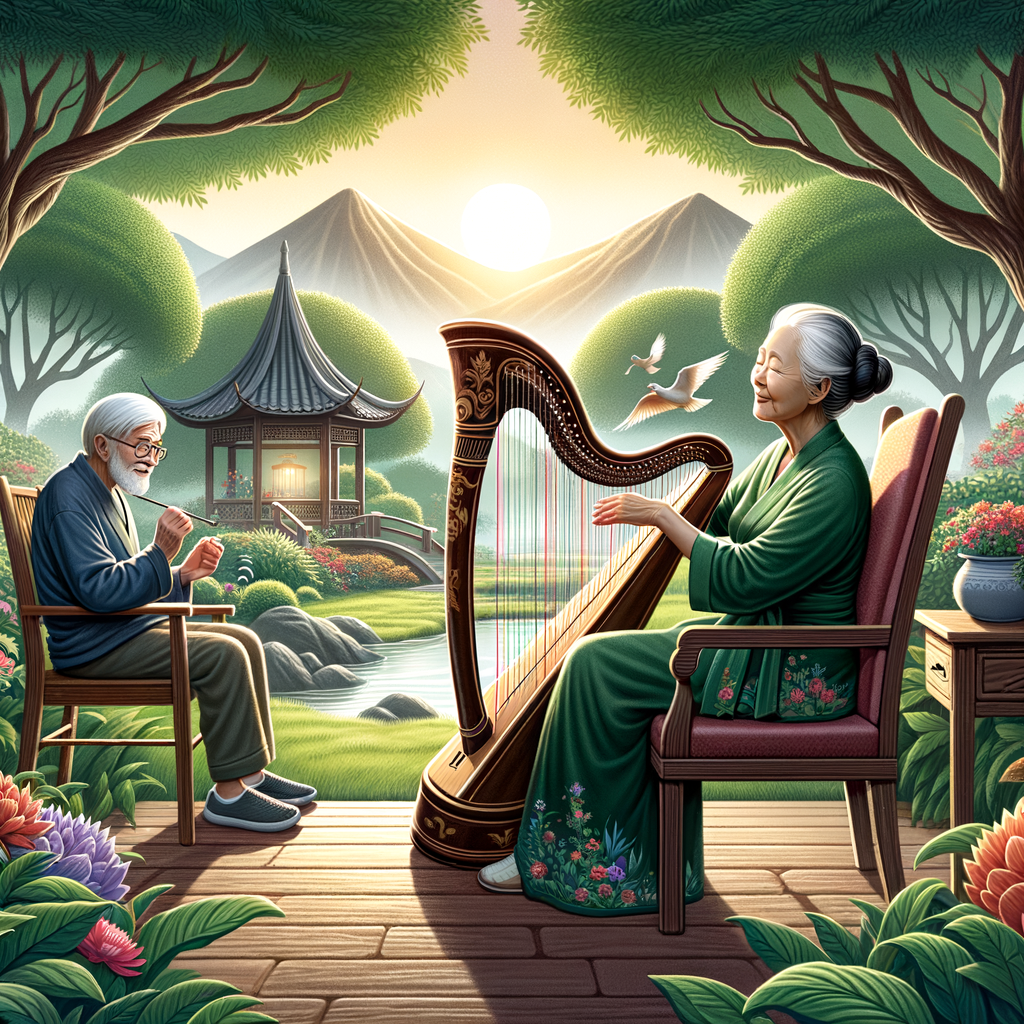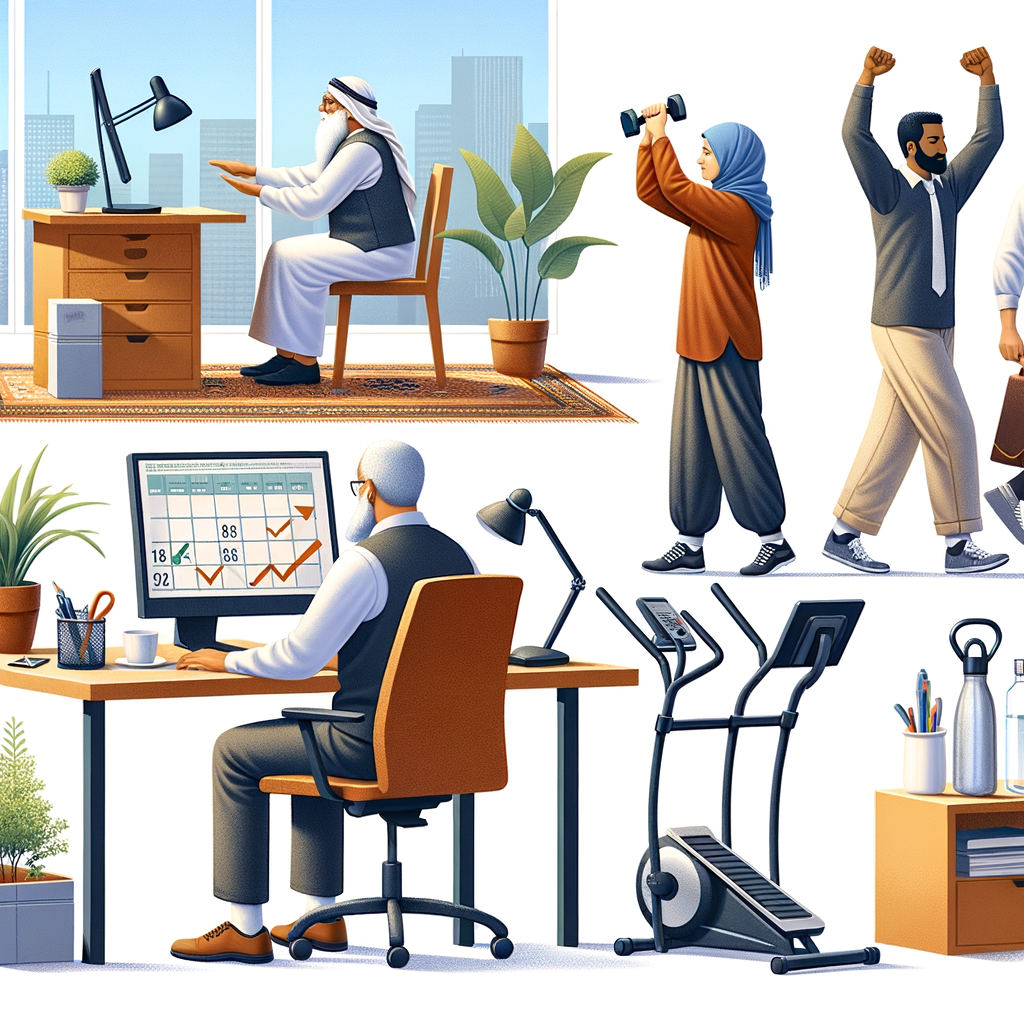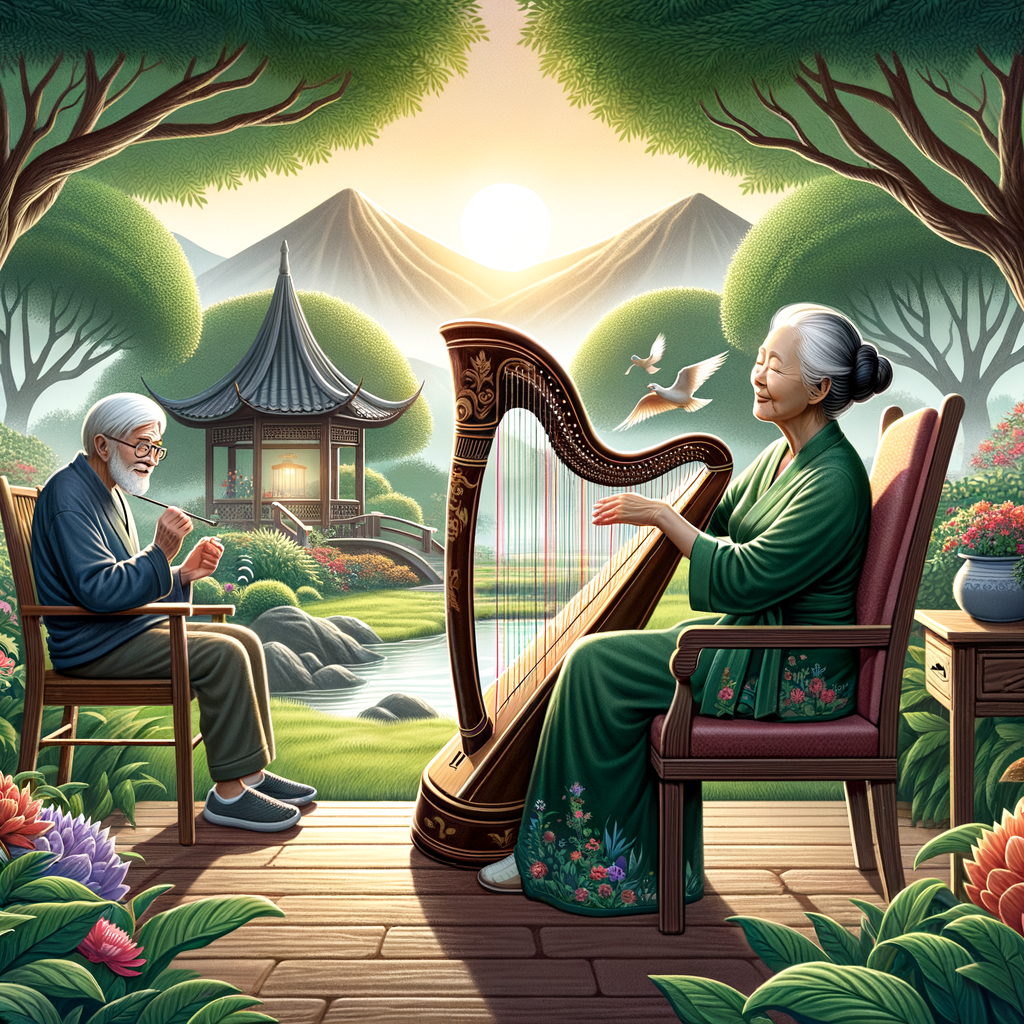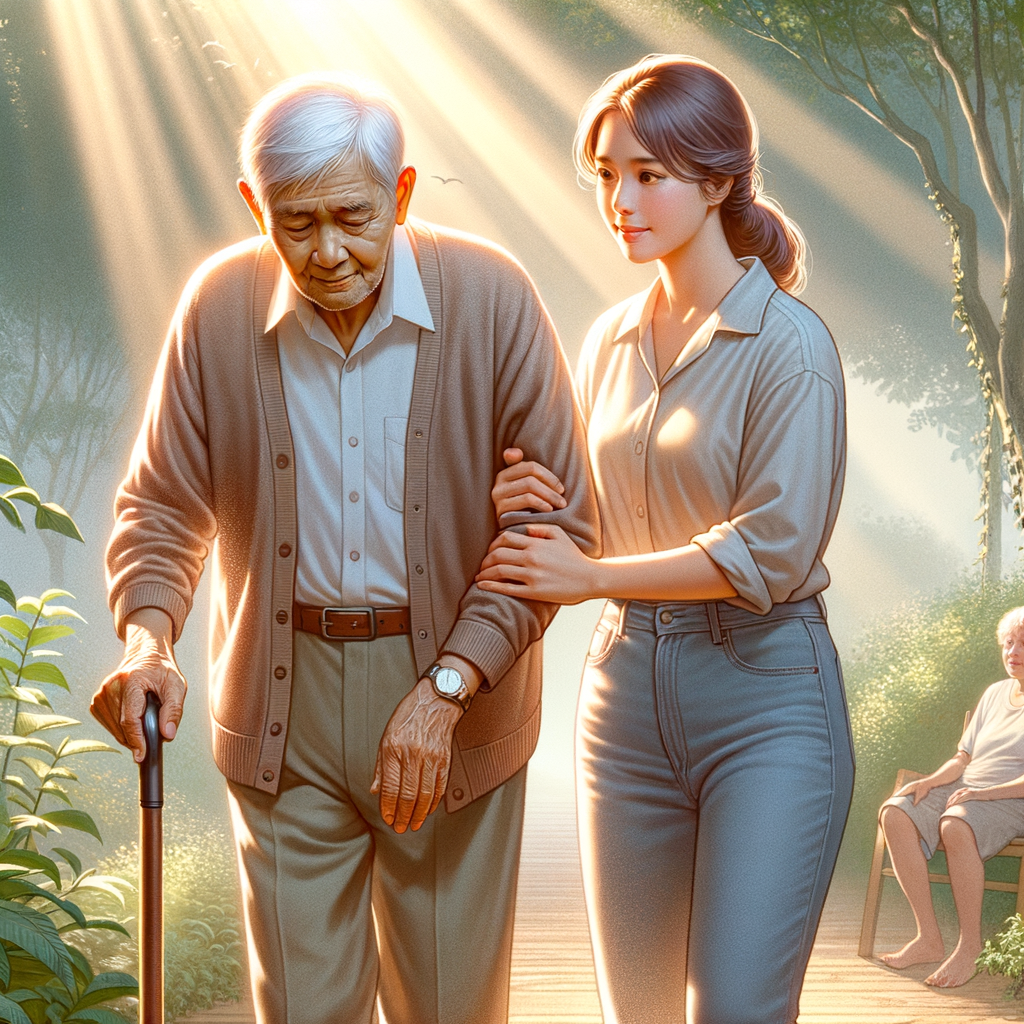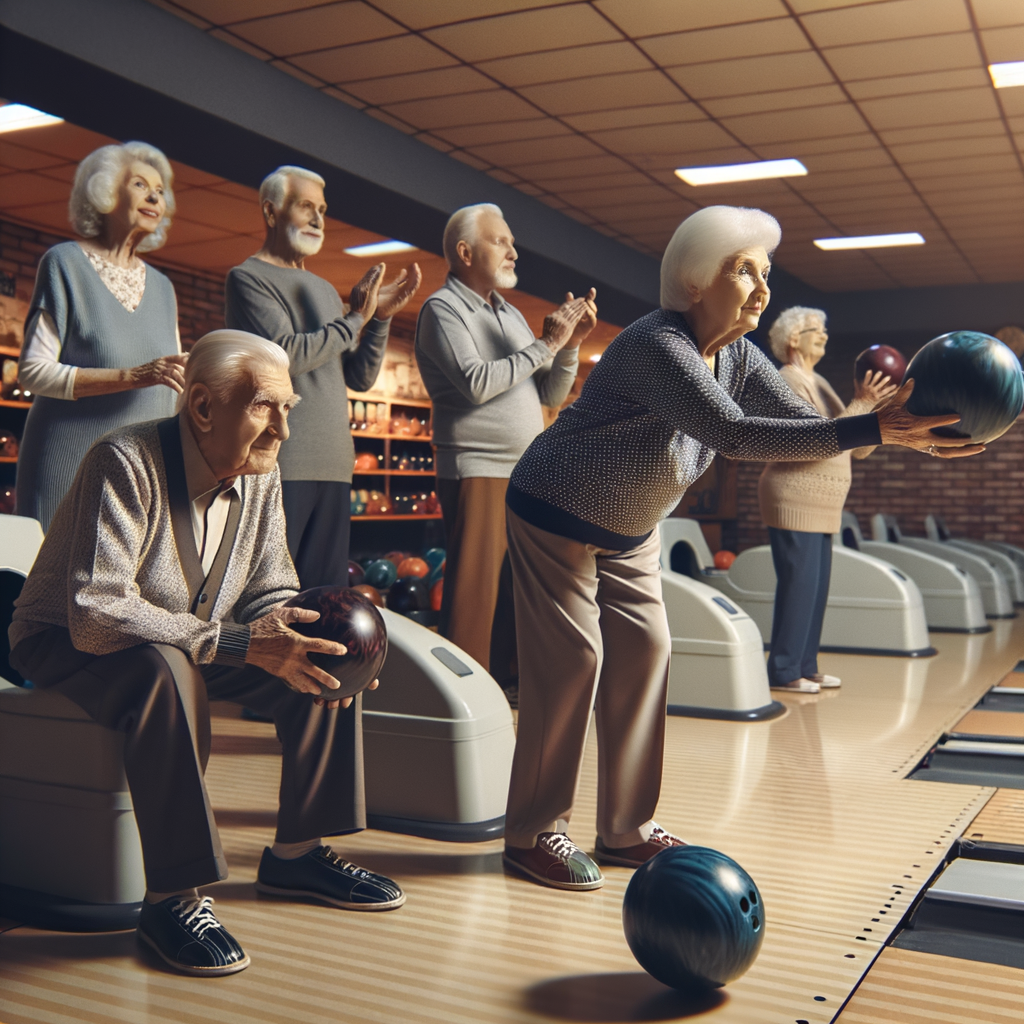- Understanding Calorie Burn in Pickleball
- Calories Burned: Pickleball vs. Other Activities
- Factors Affecting Calorie Burn in Pickleball
- Calorie Burn Estimation and Measurement
- Maximizing Calorie Burn Through Pickleball
- Nutrition and Hydration for Pickleball Players
- Comparing Calorie Burn in Pickleball to Other Racket Sports
Understanding Calorie Burn in Pickleball
The Basics of Calorie Burn and Pickleball
Calorie burn is how our bodies use energy from food. It's important for keeping a healthy weight. Pickleball, a mix of tennis, badminton, and ping-pong, is a fun way to burn calories.
Our metabolism, which is how fast our body turns food into energy, plays a big role in this. Everyone's metabolism is different because of things like age, gender, and how much muscle they have. Playing pickleball gets our body's energy systems working, which means we're burning calories. So, when we're running around the court and hitting the ball back and forth, our bodies are actively using up energy.
Factors Influencing Calorie Burn in Pickleball
A few key things affect how many calories you burn while playing pickleball:
- Body Weight: People who weigh more usually burn more calories doing the same activity than those who weigh less. This is because it takes more energy for them to move.
- Intensity: The harder you play, the more calories you burn. A game played with lots of effort uses more energy than a slow-paced game.
- Duration: Playing for longer times means burning more calories. More time spent moving equals more calorie use.
Muscle work also plays a big part in burning calories. Pickleball makes you do lots of different moves like quick steps to the side, reaching far for shots, and strong serves that work out various muscles in your body. These actions not only make pickleball fun but also help you burn a good amount of calories.
Calories Burned: Pickleball vs. Other Activities
Pickleball Compared to Other Racket Sports
Let's talk about how we measure the energy you burn in sports. We use something called MET values. It's like comparing what you do to sitting still. Pickleball, a fun and social sport, scores pretty well on this scale.
When we look at pickleball next to other racket sports like tennis, badminton, and squash, there are some differences. Tennis usually burns more calories because of all the running and longer games. Squash can be even tougher, with lots of quick moves in a small space. Badminton is fast but might not burn as many calories as squash or tennis. These differences come from how hard and how long you play each game.
Pickleball is somewhere in the middle. It's good for fitness because it's easy to play but still gets you moving enough to burn a good amount of calories without being too hard on your body.
Pickleball in Relation to Various Physical Activities
Now, let's compare pickleball with other activities like walking, jogging, swimming, and cycling:
- Walking (3 mph): Burns fewer calories than pickleball. It's easy and good for all fitness levels.
- Jogging (5 mph): Burns more calories than pickleball. It’s harder and can be tough on your joints.
- Swimming (moderate pace): Burns about the same or more calories than pickleball, depending on how hard you swim. It’s easy on your body and works out everything.
- Cycling (12-13.9 mph): Burns about the same or more calories than pickleball. It’s also easy on your joints but needs some stamina.
Pickleball is great because it's both fun and good for burning calories without being too tough on your body. It fits right in whether you're looking at racket sports or other kinds of physical activities.
Factors Affecting Calorie Burn in Pickleball
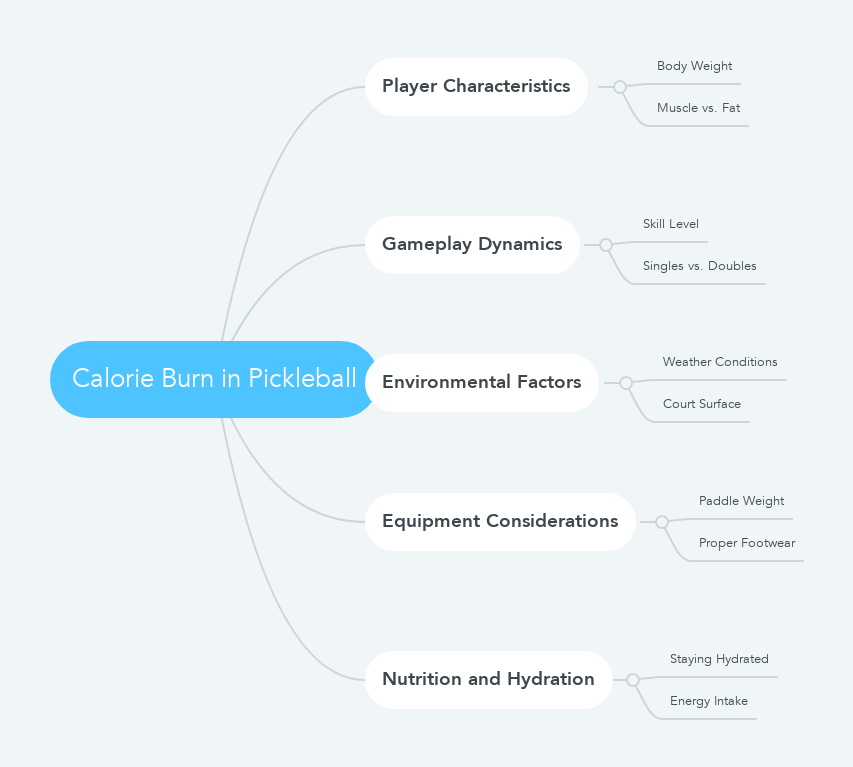
Player Characteristics
Your body weight and what your body is made of play a big role in how many calories you burn playing pickleball. In simple terms, if you weigh more, you'll generally use up more calories doing the same activity than someone who weighs less. This is because it takes more energy to move a bigger body. Also, muscle uses up more calories than fat, even when at rest. So, people with more muscle tend to burn more calories both during the game and after.
Gameplay Dynamics
The way you play the game also matters a lot for calorie burning. Your skill level and how you play make a difference. Beginners might not move as much or as quickly around the court, so they might burn fewer calories at first. More experienced players often move faster and play harder, which uses up more energy.
Whether you're playing singles or doubles affects calorie burn too. Singles games are usually more intense with longer rallies and more ground to cover, leading to higher calorie use. Doubles games might involve less moving for each player but can still be active depending on how the game goes.
Environmental and Equipment Considerations
Where and how you play pickleball can also change how many calories you burn. Playing outside in hot weather makes your body work harder to stay cool, which might increase calorie burning. But very hot conditions can also make you tired faster, possibly lowering your overall activity level.
The type of court surface matters too; playing on a hard surface like concrete requires more energy than playing on softer surfaces like grass or sand because it offers less natural resistance.
The gear you choose impacts your calorie burning efficiency as well. Light paddles allow for quicker moves and can lead to a faster-paced game, which might help you burn more calories. Also, wearing the right shoes that give good support lets you move freely around the court without wasting energy.
Finally, keeping hydrated and eating right are key for keeping up your performance and calorie burning during the game. Drinking enough water helps your body work well while eating right gives you the energy needed for staying active.
Calorie Burn Estimation and Measurement
Estimating Calorie Burn in Pickleball
Figuring out how many calories you burn while playing pickleball depends a lot on you. Things like how old you are and how fit you are can change how many calories you burn. For instance, younger people or those who are more fit might burn more calories than older players or beginners.
To get a rough idea of your calorie burn, you can use online tools or simple math formulas. These ask for details like your weight, how hard you play, and for how long. But remember, these methods give you a ballpark figure, not an exact number. They're good for getting a general sense but can't catch all the personal stuff that affects calorie burn.
Measuring Calorie Burn Accurately
If you want to know more exactly how many calories you're burning during pickleball, keeping an eye on your heart rate is a smart move. Your heart rate shows how hard your body is working. The faster your heart beats, the more calories you're likely burning. This approach gives a closer look at calorie burn because it's tied to how much effort you're putting in.
Wearable tech like fitness trackers makes it easier to watch your heart rate and figure out calorie burn with more precision. These gadgets keep track of your activity level all day and show how many calories you burn doing different things, including playing sports like pickleball. They use your personal info (like age, weight, heart rate) to give tailored data on the calories you use.
Still, it's important to remember that even the best gadgets have their limits. How accurate they are can depend on things like the gadget's quality and where on your body you wear it. While they give more personalized info than online tools or basic formulas, it's best to see their numbers as close guesses rather than exact counts.
Maximizing Calorie Burn Through Pickleball
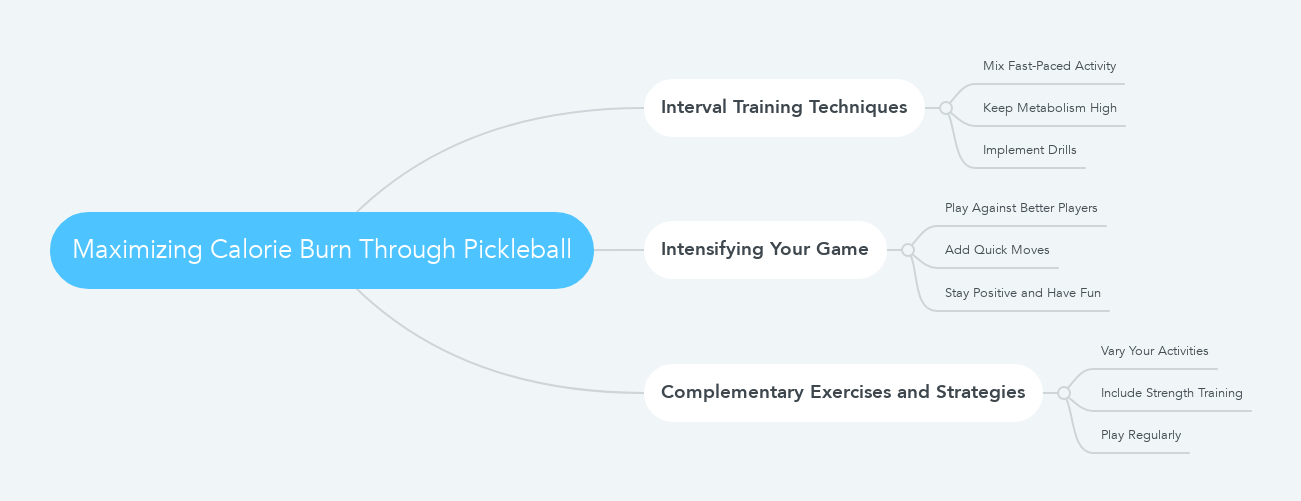
Intensifying Your Game
To make your pickleball games more intense, try playing against better players. This makes you move faster and work harder, which burns more calories. Add quick moves like fast volleys and side-to-side runs to your game. These not only make the game more fun but also help you burn more calories.
Keeping your energy up the whole game is important. Staying positive and having fun keeps you moving fast, which helps burn more calories. The more you enjoy the game, the harder you'll play without even noticing.
Interval Training Techniques
Interval training means mixing up fast-paced activity with slower movements or rest. You can do this in pickleball by playing really hard for a bit, then slowing down or taking a short break before going hard again. For example, run fast to hit a distant shot, then walk quickly back to your spot.
Interval training is great because it keeps your metabolism high during and after playing, which means you burn more calories overall. To add interval training to pickleball, try drills that follow this pattern or just play some parts of the game at full speed.
Complementary Exercises and Strategies
Pickleball is a good workout by itself, but adding other exercises can boost your fitness and calorie burning even more. On days you're not playing pickleball, do something else like running, biking, or swimming. These activities add variety and improve different parts of your fitness that help with pickleball.
A good workout plan has both cardio (like pickleball) and strength exercises. Strength training builds muscle and helps you burn calories even when you're not working out.
Playing pickleball often is key to getting its health benefits. Try to play regularly while also fitting in other exercises for a well-rounded fitness routine.
Nutrition and Hydration for Pickleball Players
Optimal Nutrition for Energy and Performance
Eating right is key for pickleball players to keep their energy up and play better. A good mix of carbs, proteins, and fats is important. Carbs are especially vital as they give you the main energy you need for quick moves in pickleball. Go for foods like whole grain bread, brown rice, fruits, and veggies because they give you energy slowly, helping you stay active during the game.
Proteins are also needed to help your muscles recover after playing. Foods like chicken, fish, eggs, beans, and lentils are good choices. Don’t forget about healthy fats from avocados, nuts, and olive oil which are good for your overall health.
When you eat is also crucial. Try to have a meal with lots of carbs 2-3 hours before your game to make sure you have enough energy. If you need something right before playing, a small snack like a banana or a granola bar 30 minutes before can give you a quick energy boost.
Hydration and Electrolyte Balance
Drinking enough water is super important for doing well in pickleball and burning more calories. Not drinking enough can make you tired quickly, mess up your coordination, and make it hard to focus. Make sure to drink water before you even feel thirsty. Start with about 17-20 ounces of water around 2 hours before playing and keep sipping during the game.
When playing long or on hot days when you sweat a lot, it’s important to replace electrolytes - minerals like sodium and potassium that you lose when sweating. These minerals help stop cramps and keep your muscles working right. Drinking sports drinks or coconut water during or after playing can help get these electrolytes back into your body.
Comparing Calorie Burn in Pickleball to Other Racket Sports
Racket sports are great for staying active, and pickleball is becoming more popular. But how does it compare to other racket sports like tennis, badminton, and squash when it comes to burning calories? Let's take a closer look.
Pickleball is played on a smaller court than tennis, which might make you think it burns fewer calories. However, because you're always moving and hitting the ball back and forth, you end up burning a good amount of calories. In tennis, the bigger court means you run more, which can burn more calories. On average, playing pickleball can use up about 600 calories an hour, while tennis might use a bit more because of the extra running.
When we look at badminton and squash, things get interesting. Badminton is fast and uses light rackets, but that doesn't always mean you burn more calories than in pickleball. This is because badminton has quick points while pickleball keeps you moving longer. Squash is closer to pickleball in how intense it is and the calories burned because both games have you constantly moving in a small space.
The type of equipment also matters. Lighter rackets in badminton mean less effort per swing compared to the heavier paddles in pickleball or the rackets used in tennis and squash. This affects how much energy you use.
Each sport demands different things from your body. Pickleball has short bursts of activity compared to the non-stop action in squash or the long games of tennis that test your stamina. These differences change how many calories you burn.
Pickleball also attracts people because it's fun and social. It's easier to start playing than some other sports, drawing in those who want both fitness and friendship from their activities. How hard people play can vary; if you're there more for fun than competition, you might not work as hard or burn as many calories.
In short, while each sport has its own way of burning calories—like how much running there is in tennis versus pickleball; how heavy the equipment is; or how fast-paced badminton and squash are—pickleball does a good job of keeping you active. Its mix of being easy to pick up and fun makes it a solid choice for many people.


